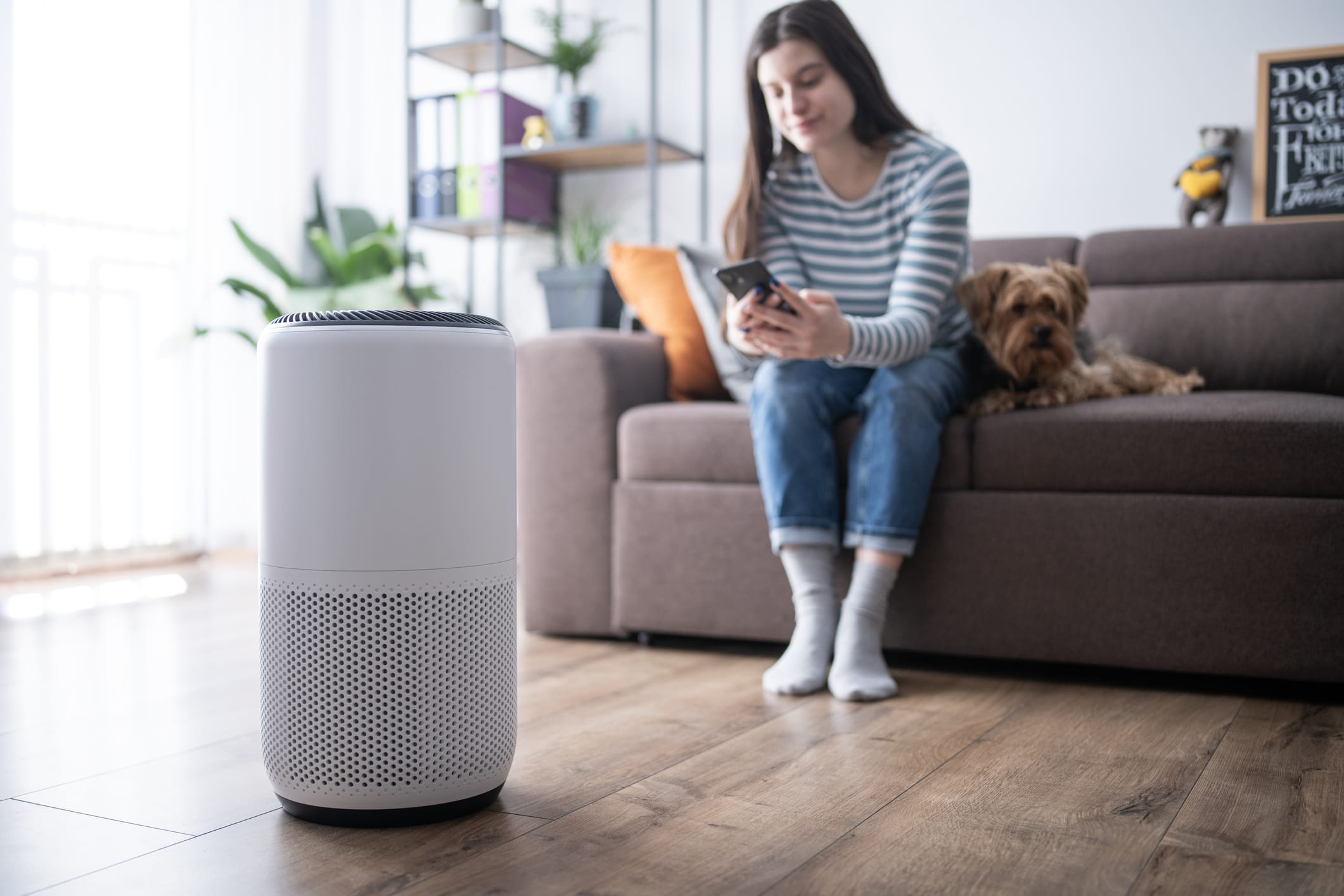People living with systemic mastocytosis (SM) must manage the daily challenge of avoiding triggers that activate mast cells and cause symptoms. Poor air quality is an important environmental trigger to be aware of. While poor air quality can occur anywhere, planning and preparation can help manage exposure to this trigger and prevent the onset of symptoms.
The impact of poor air quality in SM
Poor air quality can refer to air pollution, smoke, smog, exhaust fumes, seasonal pollen, dust mites, mold spores, humidity and strong smells or chemicals such as perfume and cleaning products. In SM, the mast cells that collect in the lungs, skin and nasal passages are sensitive to poor air quality. Particles in the air can act as triggers and activate mast cells.
What is a mast cell?
Mast cells are specialized cells of the immune system that mediate inflammatory responses and allergic reactions. They are found in the body’s connective tissue.
When mast cells are activated, they release histamines and other chemicals as part of an immune response. This can cause symptoms and lead to a potentially life-threatening allergic reaction that affects the respiratory system.
Symptoms can include nasal congestion, coughing, wheezing, shortness of breath, itchy eyes, fatigue, skin flushing, headache and in more severe cases, throat swelling and anaphylaxis.
Read more about SM signs and symptoms
How to ensure good air quality
Taking steps to manage the air quality of your immediate environment is important in preventing symptoms. This includes both in your home and in the professional spaces where you work.
- Avoid the use of strong perfumes and candles. Ask your family and friends to do the same when you’re together.
- Avoid the use of chemical-based cleaning products. Find fragrance-free, natural alternatives.
- Keep bathroom surfaces clean and maintain good airflow to prevent the growth of mold. Consider a dehumidifier if airflow is limited.
- Use a high efficiency particulate air (HEPA) purifier. These can remove 99.97% of dust, pollen, mold, bacteria and other airborne particles from the air.
The air outdoors can also pose a risk. When you’re moving around outside or passing through areas that you cannot control, there are still ways to protect yourself from air pollutants.
- Check the air pollution index (AQI) before leaving. If high levels are detected, see if you can delay your time outdoors or find an alternative route.
- Wear a mask in areas where you are unsure of the air quality.
- Avoid extended exposure to seasonal pollens from flowers, grass and trees.
- Always carry your emergency kit with your medical history, emergency contacts, two injectable doses of epinephrine and your antihistamine medication.
Sign up here to get the latest news, perspectives, and information about SM sent directly to your inbox. Registration is free and only takes a minute.

